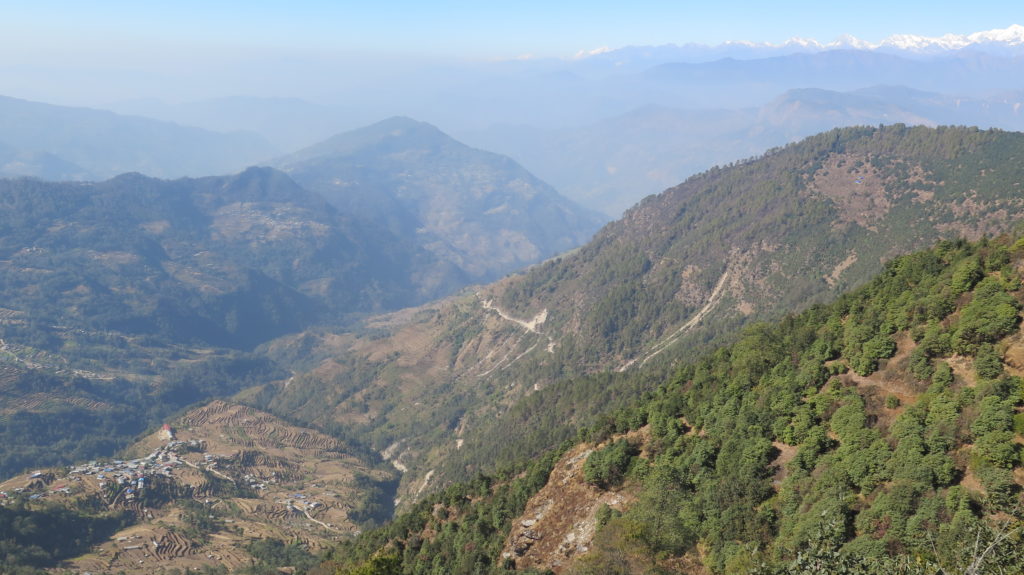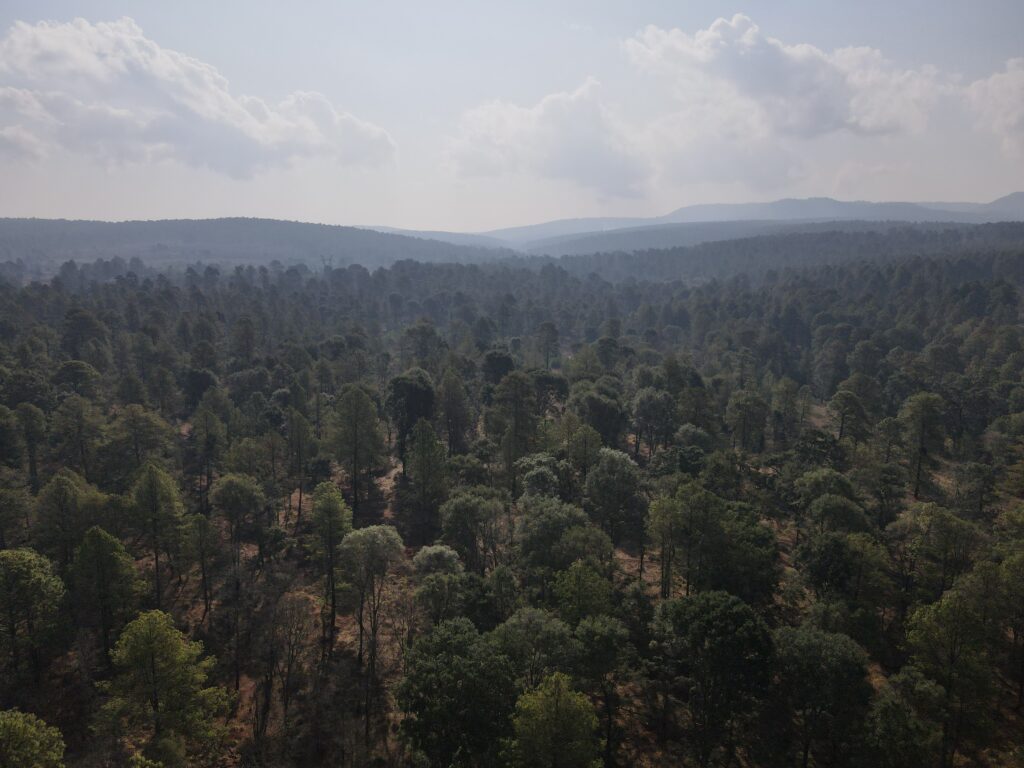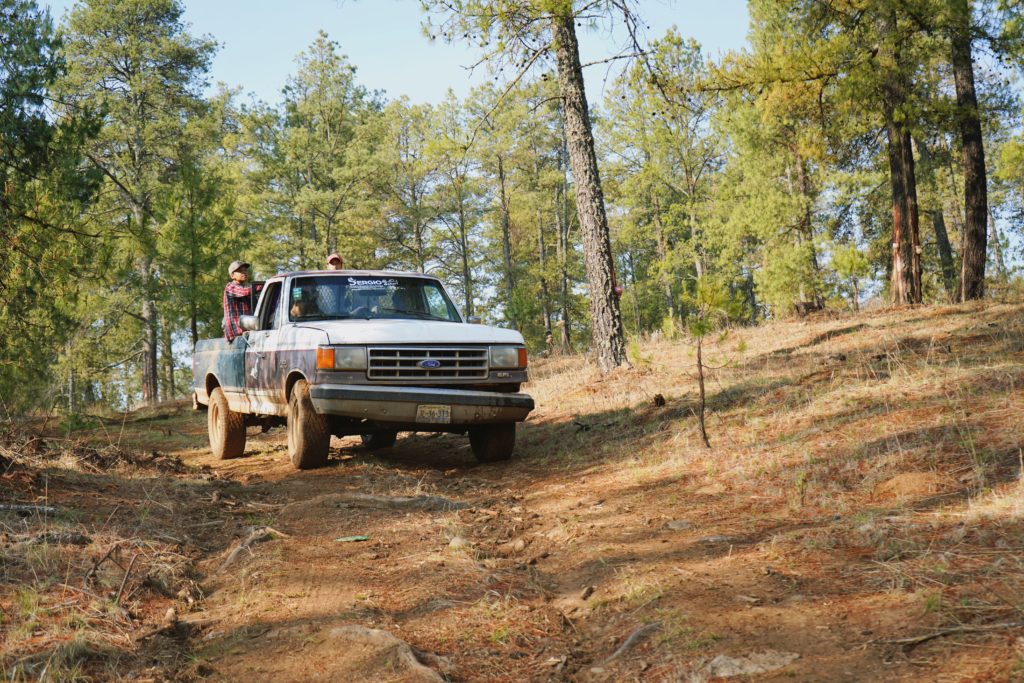
Case study
Helping forests and forest communities to thrive in San Martín Peru
In northern Peru, the Lamas landscape in San Martín covers over 2,000 square kilometers and is dominated by forest ecosystems rich in biodiversity. However, increasing agricultural demand and a growing population have led to significant deforestation in the landscape, with far reaching implications for the wellbeing of both its inhabitants and ecosystems.
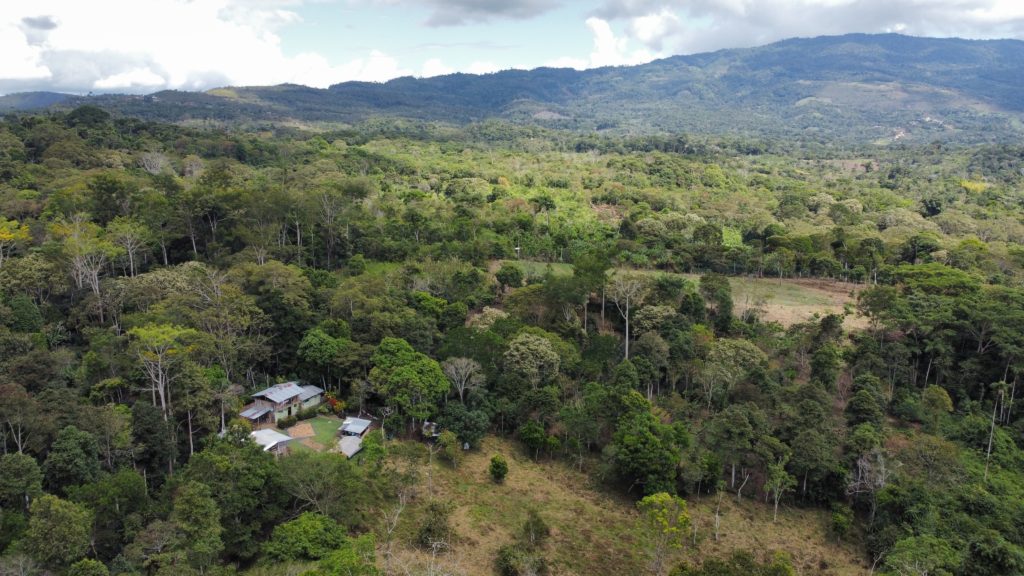
Looking out from the central square of Lamas in northern Peru, the city skyline quickly gives way to densely forested hillsides, a sea of green stretching out endlessly. Nearly 60% of this 2,000 square kilometer landscape in the department of San Martín is Amazonian rainforest. It is home to eight different indigenous communities, and hundreds of species of birds, frogs and plants, some of which can be found nowhere else on earth. Coffee, cocoa and palm plantations flank these forests and are integral to the local economy. But the pressure from these crops has led to high levels of deforestation, impacting on the health of the ecosystem and the people who call it home.
Between 2019 and 2021, Rainforest Alliance carried out a LandScale assessment of the Lamas landscape to build a better understanding of the relationship between the landscape’s ecosystems, production, governance and human well-being. The end goal: develop an action plan to improve sustainability in the landscape, helping both the community and ecosystem to thrive.
The assessment revealed that demands on the landscape have intensified over the last few decades and led to significant forest loss, with total deforestation in the San Martín region extending a staggering 14,000 square kilometres. The effects of this deforestation are far reaching, with impacts on levels of poverty, malnutrition, loss of water quality and quantity, lower yields in cocoa and coffee, and biodiversity loss.
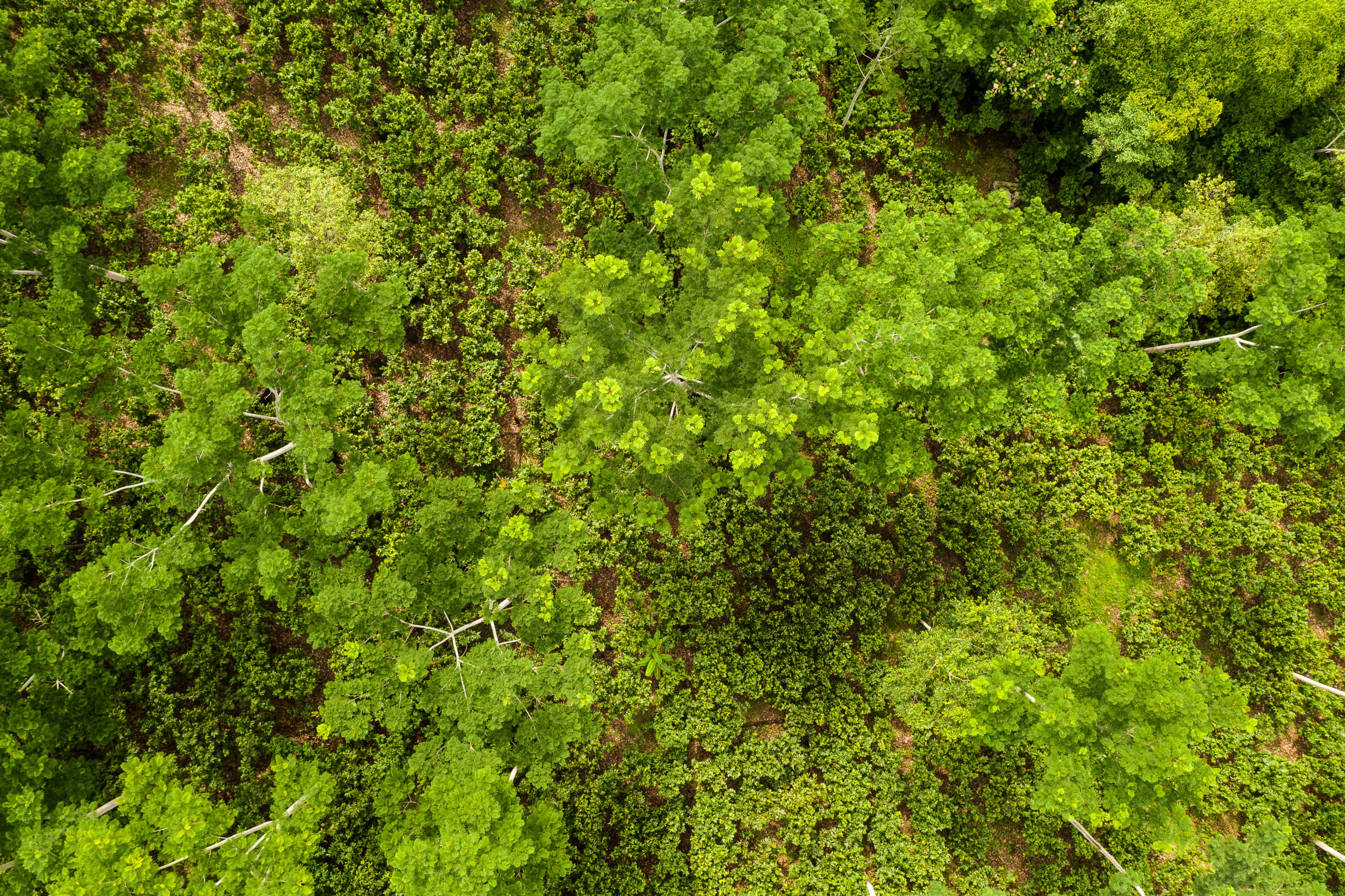
Coffee and cocoa generate exports to international markets worth over 19 million USD annually and are significant to the local economy. However, productivity for these crops is lower than average, and climate change is predicted to negatively impact production in lower altitude farms. If this happens, more farmers will move to higher altitude areas, which could lead to further deforestation in the highlands. Deforestation in the headland watershed negatively impacts water sources, biodiversity and crop productivity and quality, affecting farmers’ incomes and the wellbeing of the local community.
Using the LandScale assessment results, Rainforest Alliance has worked with the government and local community to develop an integrated, multisectoral action-plan at the landscape level.
Landscape goals include…
Local farmers are being trained in how to increase both the sustainability and yields of their crops while keeping the size of their farms stable, and are also being supported to access green credit and roast and sell their own coffee.
Work has also focused on improving the livelihoods and wellbeing of indigenous communities in the landscape, who play an integral role in stewarding and protecting the forest. Rainforest Alliance has supported Warmi Awadora a collective of Kichwa women who produce handmade textiles – to develop digital and business skills so that they can widen the reach of their products.
“Rainforest Alliance has given us incredible help. Thanks to them we have won a contract for $5,000 and they are training us to be able to sell our products virtually.” – Lísida Tapullima from Warmi Awadoras
Work is also underway to help the indigenous community of Yurilamas with the marketing and sales of Dragon’s Blood Latex, a natural resin extracted from trees with antibacterial properties that can be used as a remedy for many common ailments.
The Lamas landscape is being reassessed in 2023, with plans to scale up the number of districts covered from six to 11. “Currently, we face environmental and social challenges that we cannot address individually” says Patricia Quijandria, Director of Tropical Andes at Rainforest Alliance. “We must develop joint actions along with multiple sectors and stakeholders within the landscape. LandScale allows us to carry out a holistic assessment, identifying common goals and aligning them with stakeholders – motivating them to work together and truly deliver positive impact.”
To find out more, read the full LandScale report in the Lamas landscape profile.
